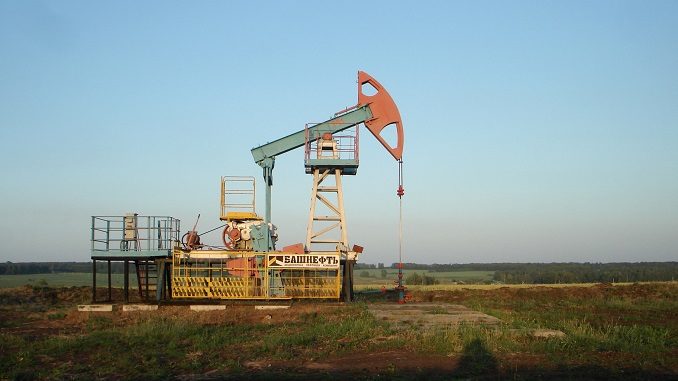
After U.S. President Donald Trump pressured Saudi Arabia to boost oil production, the country has rushed to listen and started to enhance their production only to find out that global markets might not yet need it, Bloomberg informed.
The kingdom’s crude output surged the most in three years last month, as Trump demanded his ally’s help in cooling gasoline prices and filling in the supply gap that will be created by his sanctions on Iran. Yet the Saudis are struggling to sell as much extra oil as they’d hoped, and are privately fretting that they may have opened the taps too quickly, according to people briefed by Riyadh in the last few days.
“Saudi Arabia and several other OPEC members have increased exports sharply ahead of sanctions on Iran, and the timing mismatch between these effects is pressuring oil prices,” said Martijn Rats, managing director at Morgan Stanley in London.
A rare public statement from the Saudi Energy Ministry on Thursday could be taken as an illustration of their unease. It rejected as “without basis” any concerns that the kingdom was moving to oversupply world markets. Exports would be stable this month and fall in August, it said.
The Saudis and their allies — which include several neighbors from the Gulf Cooperation Council and also non-OPEC producer Russia — promised at the Organization of Petroleum Exporting Countries’ last meeting in late June to boost output by about 1 million barrels a day to offset disruptions in Venezuela and Libya, plus the looming losses in Iran.
They were reacting to pressure from Trump, who was bashing the cartel on Twitter after London crude price hit a three-year high of more than $80 a barrel in May. Prices have since retreated to about $73 as Libya restored some halted output and the escalating U.S.-China trade war stoked fears about the strength of demand.

Be the first to comment